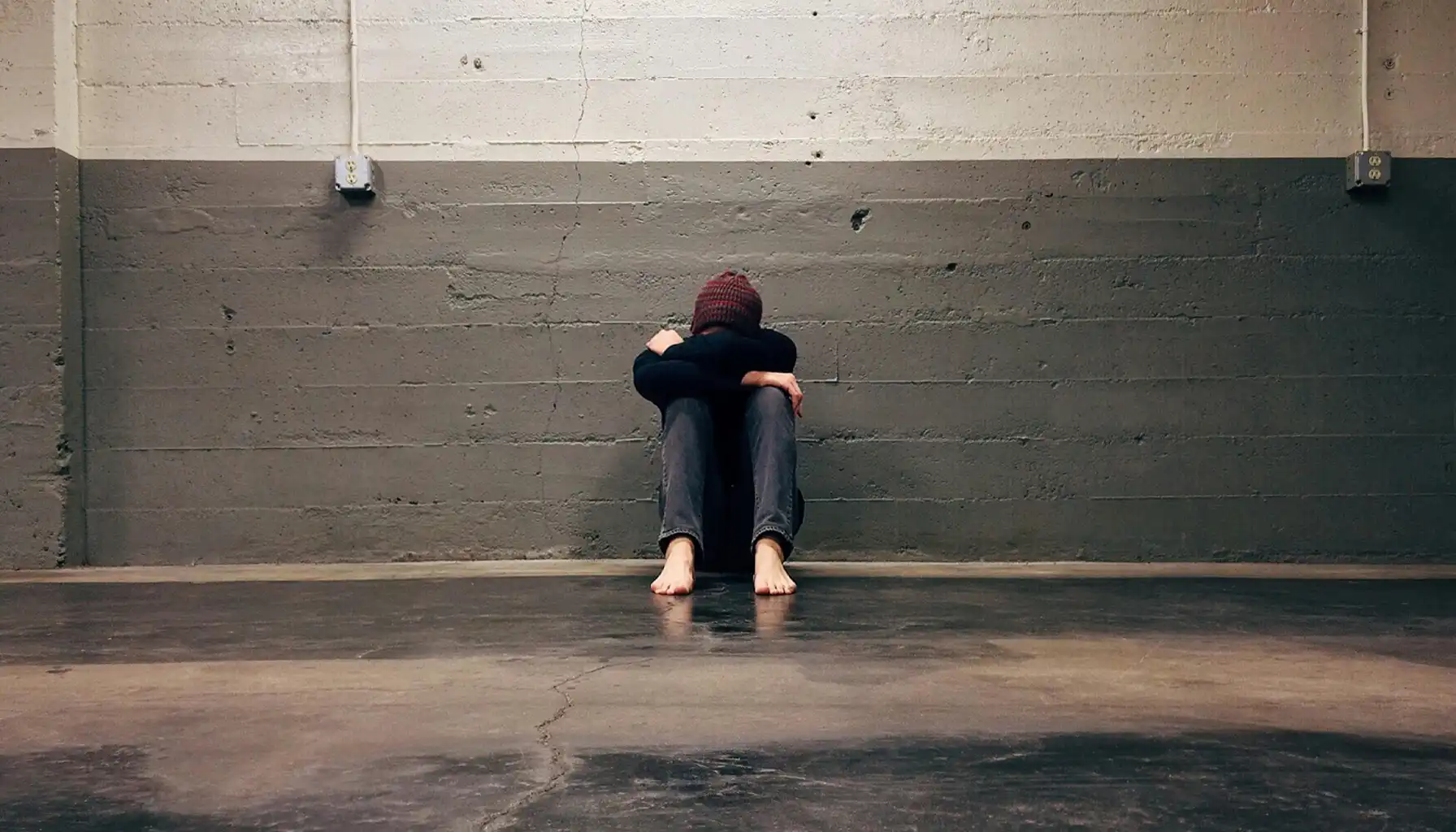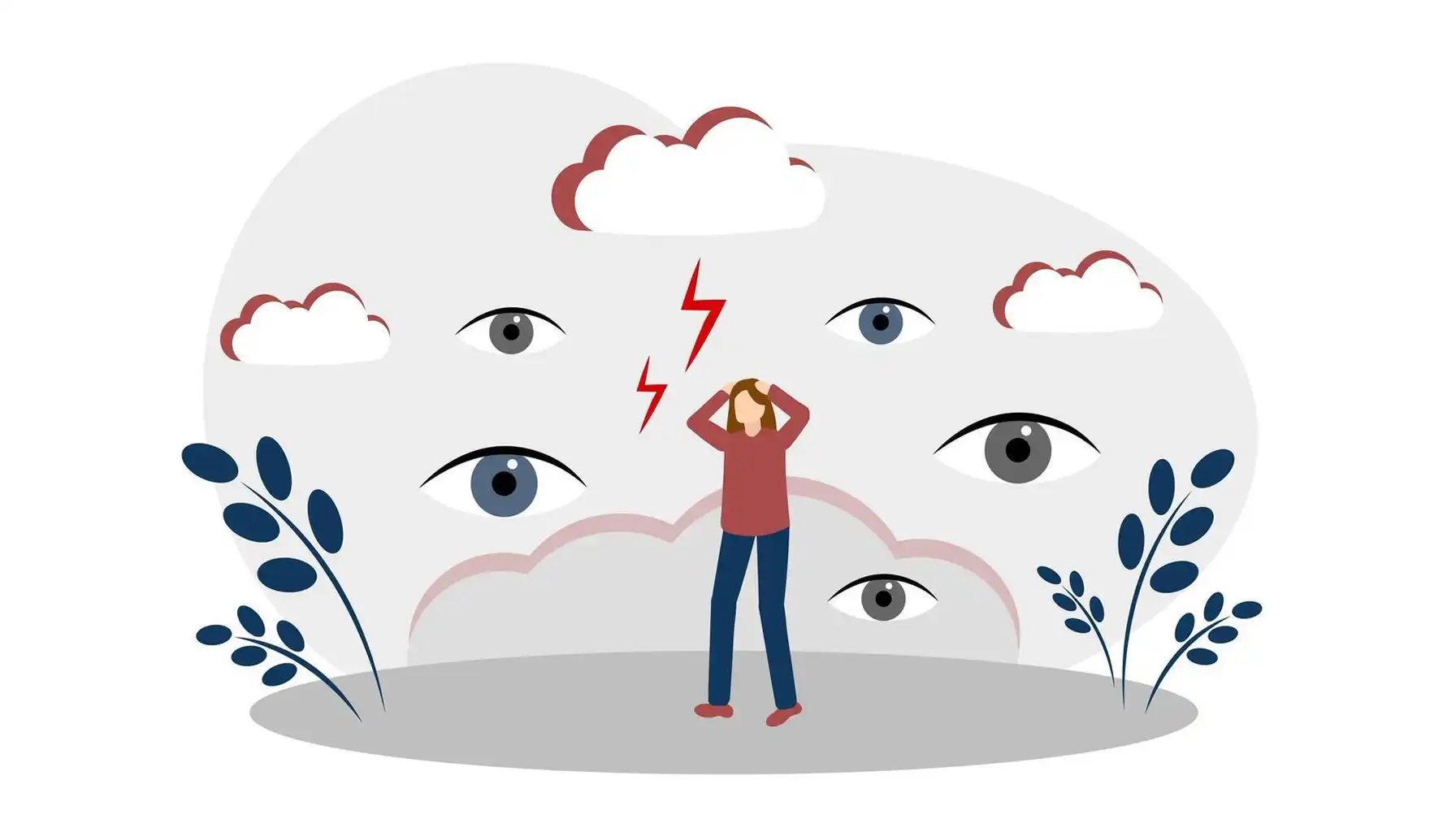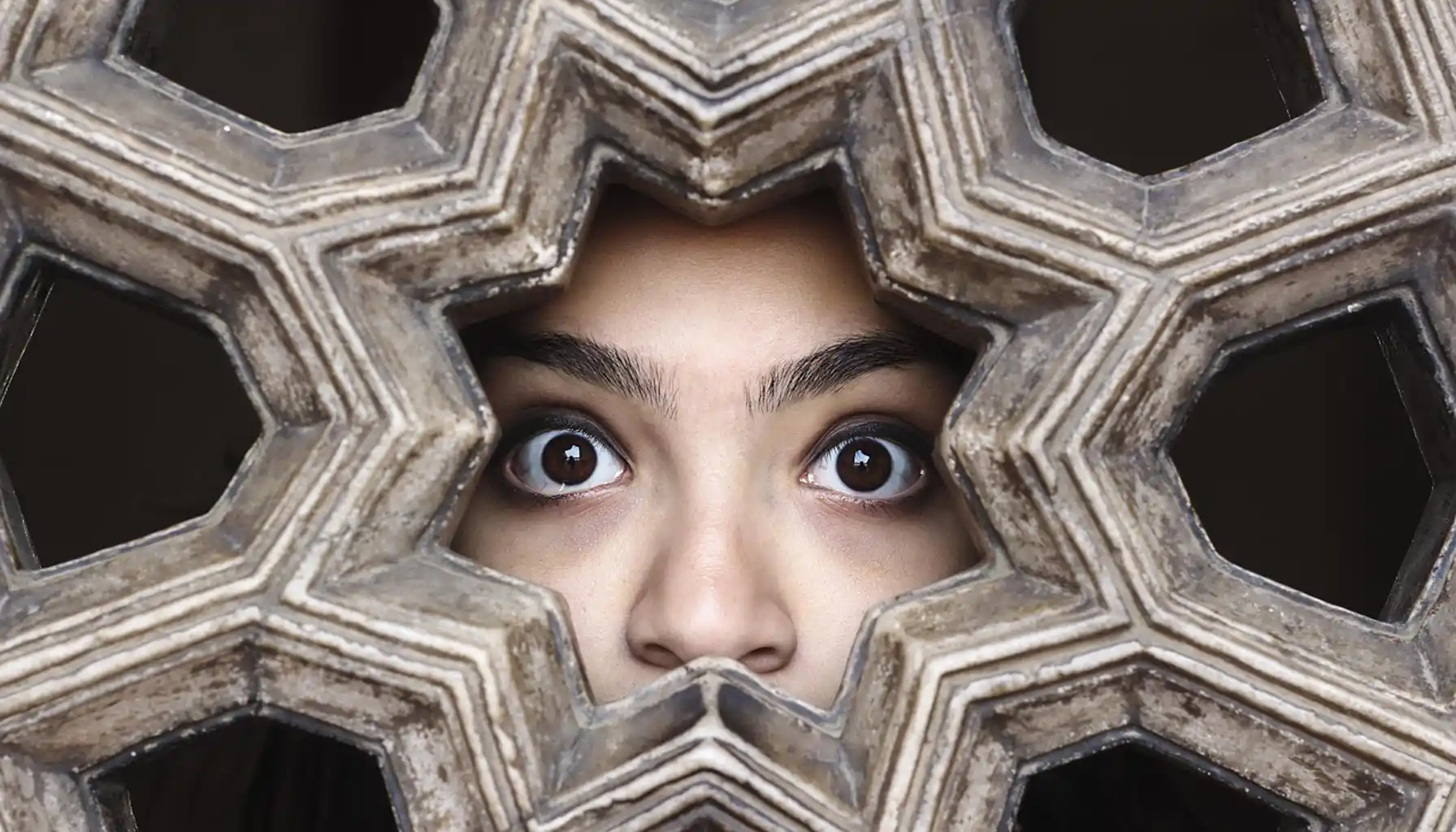Behind the SAD: Social Phobias and Their Types Revealed

Contents:
Specific phobias, social anxiety disorder, agoraphobia – some clinical labels are not just labels at all, for they indicate something more sophisticated than shallow notions and peculiar terms...
Humans are complex biological organisms equipped with consciousness and their own finely set fear systems that at times misfire, turning mundane situations into the sources of acute distress and inner instability... Social Anxiety Disorder (or, to put it simply, a social phobia) is one such misfire, where the very desire to connect clashes with a persistent fear of being judged or rejected.
Beyond any doubt, it is an eloquent example of how ancient survival mechanisms coexist with modern pressures within the same vessels. But what exactly is the clinical social phobias definition? How do these fears manifest in daily life, and importantly, how can brain training help one overcome the automatic fears and anxious responses in the cycles of avoidance and self-doubt?

What Are Social Phobias?
We tend to think that fear should be triggered by an obvious threat, be it a predator lurking nearby, a dizzying height, or the sight of blood. Yet, it is something less complicated to arise, since for millions of people, fear appears in the company of their own kind. So, what is the definition of social phobias?
Social phobias, often used interchangeably with Social Anxiety Disorder (SAD), refer to an intense and persistent fear of situations where one might potentially be scrutinized, judged, or negatively evaluated by others. When compared to personal traits like nervousness, introversion, or shyness, these generally cause significant distress and can worsen the quality of life, destroy relationships, or even interfere with emotional sobriety from deep down.
As is obvious, the "social" part of this issue comes down to the activities that mainly involve interactions, i.e., speaking in public, meeting new people, using public restrooms, and the like. Although this may seem a bit egocentric, a person who suffers from such a severe yet barely accepted condition usually worries about being perceived as awkward, unlikable, or incompetent (yet, hardly do strangers even think of a human they do not even know).
Types of Social Phobias
From a clinical perspective, social phobias examples do fall under the broader category of Social Anxiety Disorder (classified in diagnostic manuals as the DSM-IV and ICD-10), which acts as an umbrella term encompassing various types of social fears. This includes generalized social anxiety, where the fear extends to most or all communicative situations, and specific social phobias, which focus on certain scenarios in particular. Let us review it in detail.
Generalized SA: This refers to a pervasive and enduring fear in the majority of social contexts, including professional environments, educational settings, and informal gatherings.
Specific SP: These are related to the fears associated with discrete social situations with certain, vividly perceived triggers, e.g., public speaking and eating in the presence of other people. The list of social phobias can be as diverse and varied as the breadth of human experience itself.

These are the top 3 examples of social phobias (alongside 3 additional types that have been extensively studied in clinical research):
Glossophobia (fear of public speaking)
Fear of initiating or maintaining conversations with unfamiliar individuals
Fear of eating or drinking in public settings
Paruresis, or shy bladder syndrome (fear of using public restrooms)
Fear of making eye contact during interaction
Fear of becoming the center of attention
By the way, scientists still discuss the origins of social phobias, for they may come from various channels, including genetics, brain function, early life experiences, and environmental stressors. Hereditary predisposition makes the difference, but other individual-specific factors (e.g., childhood social challenges, health issues, social context, etc.) also matter.
Symptoms & How They Manifest
Unlike many animals, humans may sometimes struggle to conceal their emotional states and intentions: our bodies speak of what is hidden deep inside, with the physiological and behavioral expressions of anxiety manifesting even when we attempt to wipe them off. Indeed, the social phobias list might be quite long, but the complex symptomatology often shares common features, particularly regarding the emotional, physical, and behavioral domains involved.
Category | Symptoms | Description |
Emotional Symptoms |
| Emotional distress related to perceived threat, often disproportionate to the situation |
Physical Symptoms |
| Physiological reactions triggered by the body’s response to perceived social danger |
Behavioral Symptoms |
| Observable actions or coping mechanisms aimed at minimizing exposure to feared social stimuli or reducing anxiety |
DISCLAIMER: Although this article provides an overview of social phobias and their symptoms, only a qualified healthcare professional can provide a formal diagnosis and recommend appropriate treatment. Be careful and mindful after all!
Coping Strategies & Treatment Options
Social phobias cannot disappear on their own. This is a long process that may require your time, patience, and, most importantly, courage to go on. Anyway, for those who are ready to make one step toward a healthy living, we have compiled a few widely recognized approaches that really work:
Simple but Consistent Brain Training: Keeping your brain fit is a basic method to become more self-aware and less concerned about external irritants. For this purpose, there exist apps like Mind Elevate that offer personalized, game-based exercises to strengthen memory, focus, logic, and emotional regulation, and become more resilient against social/genetic anxiety at last.
Cognitive Behavioral Therapy (CBT): This type of therapy usually helps one identify and restructure negative thought patterns while gradually exposing them to feared social situations, consequently reducing avoidance and anxiety.

Pharmacotherapy: Medications, such as selective serotonin reuptake inhibitors (SSRIs) and monoamine oxidase inhibitors (MAOIs), which can be prescribed only by a qualified healthcare professional, may alleviate symptoms, particularly in moderate to severe cases.
Social Skills Training and Mindfulness Techniques: Well-structured programs and mindfulness meditations typically improve interpersonal communication, reduce its physiological impact, and promote present-moment awareness to know how to alleviate and prevent anxiety on the spot.
Lifestyle Modifications: Regular physical activity, balanced nutrition, and caffeine addiction put under control can support overall mental health. Nevertheless, it should be a consistent approach rather than occasional intentions to support yourself. A healthy mind is built step by step.
Social phobias do not define who you are – a good challenge does. Turn it into an opportunity to become stronger and move forward despite the fear.





